Photo
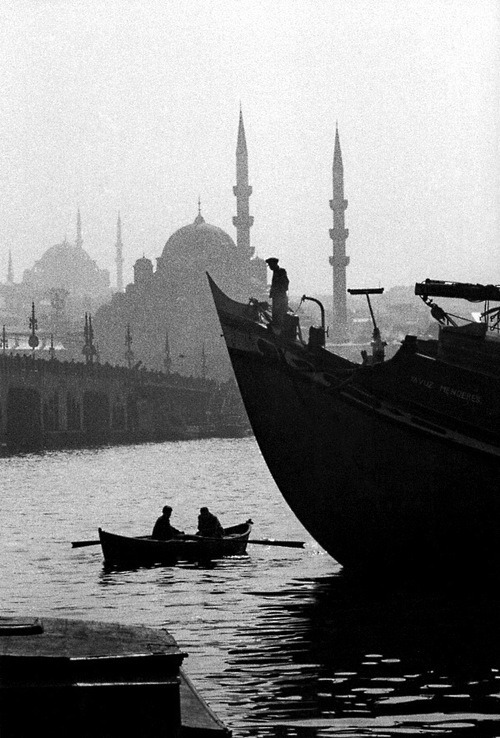
1959, Ara Güler.
#constantinople#istanbul#60s#mosque#islam#secularism#sea#boat#fisherman#cityscape#urban#bnw#oldcity#ottoman empire#osmanli
820 notes
·
View notes
Photo
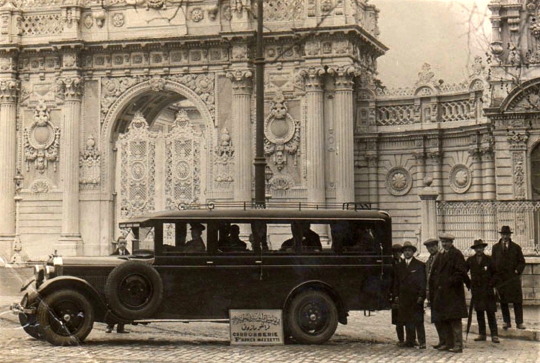
in front of Dolmabahce Palace, early 20th century.
132 notes
·
View notes
Photo

The Obelisk of Theodosius, Around 1490 BC the Egyptian Pharaoh Thutmose III erected two obelisks before the Karnak temple in Luxor to commemorate the victories of his forces in Mesopotamia.
In the 4th century AD, an unknown Roman emperor who wanted to accomplish something impressive that would create excitement among his people had the colossal obelisk brought to Constantinople.
#obelisk#ancient egypt#Eastern Roman Empire#ottoman empire#byzance#byzantine#byzantine empire#byzantium#granite#constantinople#istanbul#dikilitas
527 notes
·
View notes
Photo
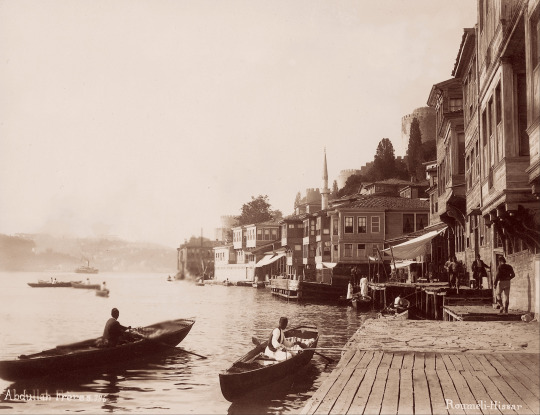
Abdullah Frères
#ottoman#ottoman empire#constantinople#istanbul#rumelia#rumeli#wooden house#boat#1880s#19th Century#historical#history
98 notes
·
View notes
Photo
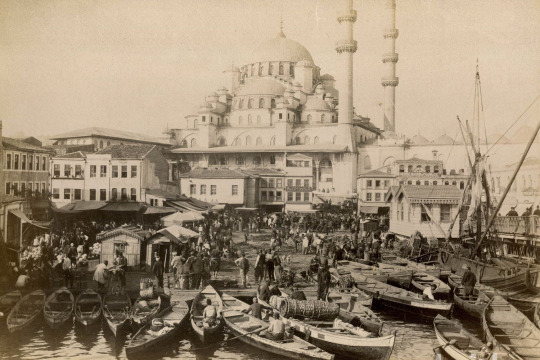
Boatmen in Eminonu, near Galata Bridge, the New Mosque in background. Istanbul. 1888-1910.The New Mosque in Istanbul is not that new, it was built in the 1600s. It is situated on the Golden Horn at the southern end of the Galata Bridge.The beautiful exterior consists of a great courtyard, two slender minarets, and a cascade of domes tumbling down from a central dome.The interior is decorated with Iznik tile, gold and marble.
#ottoman empire#constantinople#istanbul#mosque#mimar sinan#Architecture#islam#19th Century#1880s#fishing boat#fisherman#historical#history
82 notes
·
View notes
Photo
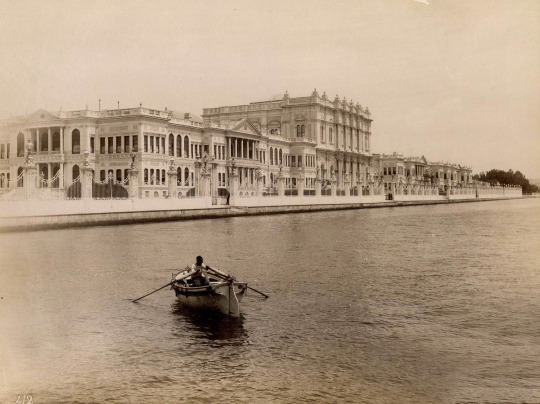
Dolmabahce, 1880 by Photographer Abdullah Frères
#ottoman#ottoman empire#constantinople#istanbul#dolmabahçe#dolmabahce palace#Architecture#royal palace#imperial#19th century#1880s
125 notes
·
View notes
Photo

The Imperial Pavilion in Kağıthane, Constantinople, 1890 Photographer Abdullah Frères.
84 notes
·
View notes
Photo

View of Constantinople's historic peninsula, looking from Galata. Abdullah Fréres 1880-93
#ottoman#ottoman empire#constantinople#istanbul#historical#history#1880s#19th Century#mosque#Eastern Orthodox#orthodox#galata
123 notes
·
View notes
Photo

Dolmabahce Mosque and Palace. The Dolmabahçe Mosque is adorned with various items of both Baroque and Ampir styles, which are reflected in the architectural design of that period. Also, an emergent architectural modernity in the mosque is its circular window design. Such a design had rarely been seen in mosques and civil architecture before this time. The mosque has two fluted minarets, similar to Corinthian column heads with a single balcony. In addition, the forecourt of the mosque, which was also seen in other imperial mosques (selatin cami) and the fountain were torn down during road construction works. Also, the muvakkithane (time keeping room) was carried to the seaside.
The Dolmabahçe Mosque not only reflects the architectural style of the period during which was built, but also showcases a very distinctive architectural style with its circular window design which had not ever been used in mosque architecture until this time.
#ottoman empire#constantinople#istanbul#dolmabahçe#dolmabahce palace#mosque#historical#history#19th Century#1890s#royal#royal palace
43 notes
·
View notes
Photo

35 notes
·
View notes
Photo
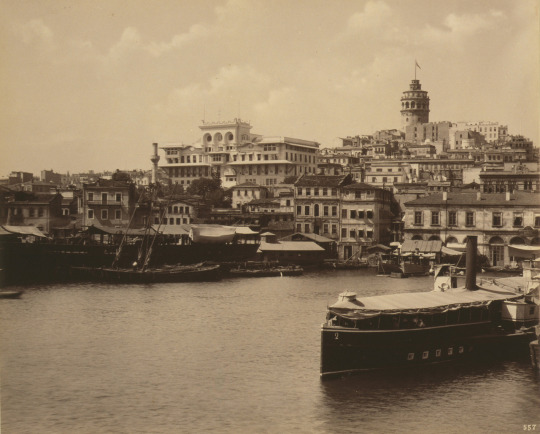
View of Galata from the Golden Horn. The Ottoman Imperial Bank looms above. By Abdullah Freres c. 1880-1893
108 notes
·
View notes
Photo

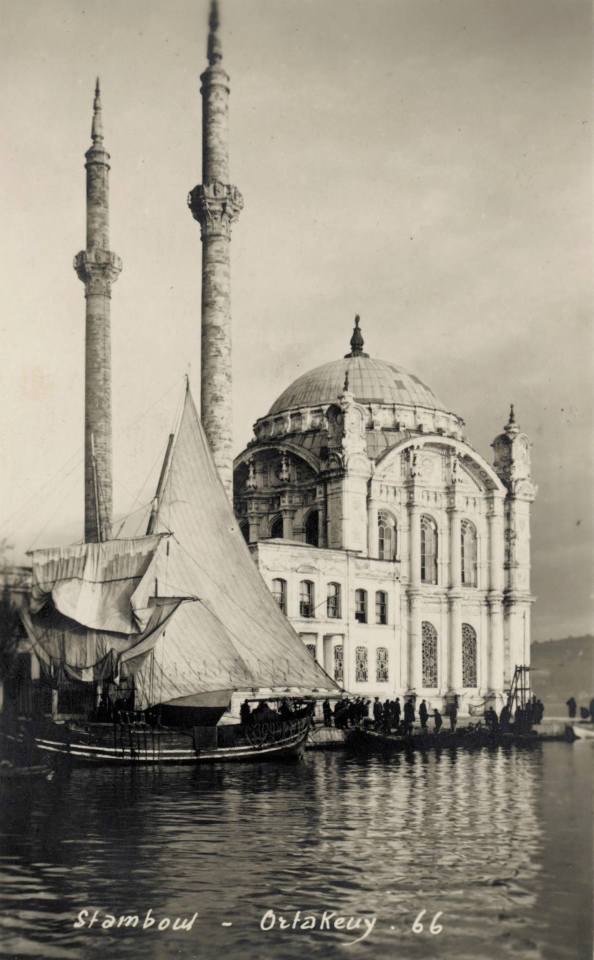
The famous Ortaköy Mosque, located on the coastal pier square, was originally built in the 18th century. Later, in the 19th century, the current mosque, ordered by Sultan Abdülmecid I and designed by architects (father and son) Garabet Amira Balyan and Nigogayos Balyan in Neo-Baroque style, was edificed between 1854 and 1856.
#ottoman empire#ottoman#ortaköy#mosque#constantinople#istanbul#Architecture#Armenian#islam#neobaroque#18th century#19th century#history#historical
416 notes
·
View notes
Photo

SULTAN MEHMED V In The Ortaköy Mosque For Friday Prayer.
The famous Ortaköy Mosque, located on the coastal pier square, was originally built in the 18th century. Later, in the 19th century, the current mosque, ordered by Sultan Abdülmecid I and designed by architects (father and son) Garabet Amira Balyan and Nigogayos Balyan in Neo-Baroque style, was edificed between 1854 and 1856.
#ottoman empire#ottoman#constantinople#istanbul#ortaköy#mosque#18th century#19th century#prayer#Architecture#neobaroque#Armenian#islam
65 notes
·
View notes
Photo

Ottoman Bank Beyoğlu Branch, 1930.
43 notes
·
View notes
Photo

Unkapani Bridge 1920s.
46 notes
·
View notes
Photo
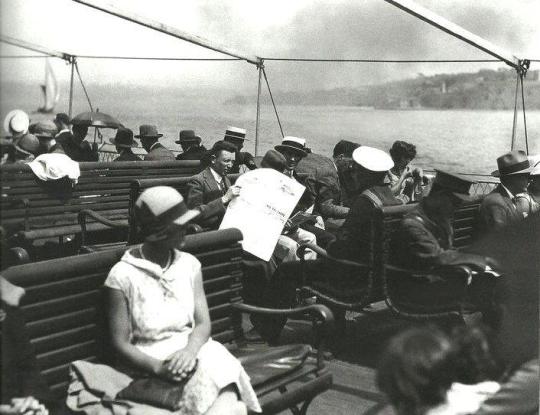
The city of Constantinople is at a geographic crossroads, straddling Europe and Asia Minor, and is divided by a sea lane called the Bosphorus Strait, which joins the Black Sea in the northeast and the Mediterranean Sea in the southwest. This strait has played a key role in the history of the city.
33 notes
·
View notes
Photo
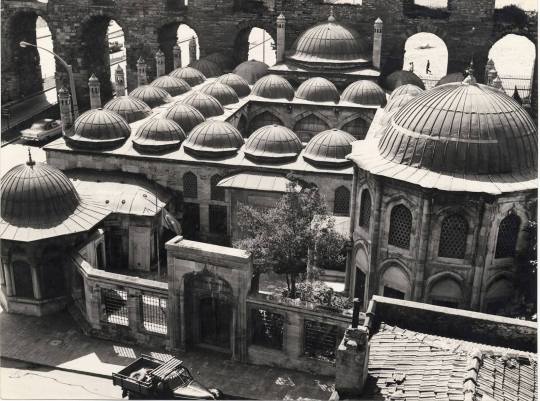
Gazanfer Ağa Madrasa is located between Unkapanı and the Women’s Bazaar, next to the Bozdoğan Aqueduct. It was built by architect Davut Ağa on the order of Gazanfer Ağa, the main custodian of Sultan Mehmed III in the 16th century. The complex, comprised a madrasa, a tomb, a fountain, and a graveyard that was added later. This group of buildings provides an early example of a complex that was designed with a basic architectural program, a popular approach in the 16th and 17th centuries.
#madrasa#medrese#valens aqueduct#Architecture#constantinople#istanbul#byzance#tomb#fountain#graveyard#16th century#historical#history#ottomans#ottoman empire#islam
59 notes
·
View notes